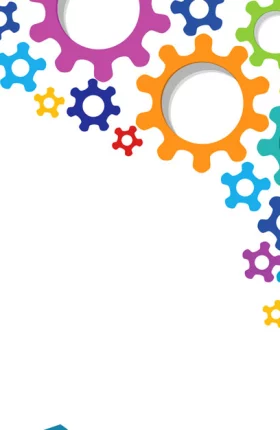The framework of a two-speed economy is becoming antiquated in a world of accelerating change and increasing complexity. But to speak of a “multispeed economy” is not especially helpful either. Instead, it is better to think of a mosaic, with hotspots of opportunity and black spots of no growth or slow growth. This commentary is part of our Why It’s Time to Reassess Your Emerging-Market Strategy series, which tracks these hotspots and the changes under way in the world's rapidly developing economies.
Mexico is in the midst of an economic slowdown, and the government has revised the growth forecast for 2013 downward to between 1 and 1.5 percent. Three main factors are contributing to this slowdown: less spending by the new government, a contraction in the housing market, and sluggish investment as companies wait for new policies to be implemented.
Last year, Mexico had a general election. In a cycle that tends to repeat itself in this country every six years, the government increased investments and spent a lot of money during the electoral campaigns. The economy grew, and fresh resources were injected into the market at the national, state, and municipals levels. In 2013, the new administration, which will be in office for six years, has reduced spending and delayed public investments until it can gain a better perspective on Mexico’s most important future priorities.
The new government also has a very ambitious agenda for constitutional reform. It is pushing for change in the way that the country manages fiscal policy, finance, energy, education, telecommunications, labor, and political issues. Mexico is in the early stages of some of these initiatives, while others will be unveiled by year-end. As a result, many investments have been delayed, as companies wait to see what the reforms will look like. That will enable them to plan better and understand the new playing field.
Probably the most significant reforms involve fiscal policy and energy. The president wants to gradually open the energy sector to private investment while reducing the fiscal burden on the national oil company, Pemex, which now contributes one-third of government revenue. On the fiscal side, the new administration has raised taxes on the highest-income earners and introduced some special taxes on sugary drinks and high-calorie foods. It has also launched an unemployment insurance system that would provide up to six months' pay to workers in the formal economy who lose their jobs.
One important challenge for Mexico is to increase productivity, which has not kept pace with the country's growth needs. Still, the macro indicators look good, and the current slowdown seems to be more of a blip than a symptom of structural problems. Mexico’s financial system is healthy, the macroeconomic system is stable, and the population is still young. That means the country will continue to enjoy a demographic dividend as more people enter the labor market. What’s more, Mexico enjoys a privileged geographical location next door to what is still the world's largest consumer market. In addition, the central bank recently cut interest rates in order to boost growth.





